Commentary: Why public lands should stay public and protected
Published in Op Eds
Thanks to a recent blizzard of executive orders and late-night congressional maneuvers, the nation’s public lands have become the latest target in the giant sucking vortex of current American politics. The current administration is proposing that we the people sign away our invaluable citizen estate, ostensibly to “create jobs, fuel prosperity, and significantly reduce our reliance on foreign nations.” Before we do, it’s important to calculate the true cost of this massive land grab.
The federal government manages natural resources on the “public lands” across the nation as a kind of “commons” on behalf of all Americans. So regardless of where you live, you are part-owner of 640 million acres — roughly 28% of the country — protected as public lands. The vast majority of these holdings (about 95%) are managed by the “Big Four” agencies: the Bureau of Land Management (245 million acres), the U.S. Forest Service (193 million acres), the U.S. Fish and Wildlife Service (95 million acres), and the National Park Service (85 million acres).
The evolution of this vast, shared domain commenced in the wake of the American Revolution, when the new nation’s territorial appetite proved insatiable. After just 70 years, the continental outline of the United States looked as it does today. For this ever-ambitious republic, the key to extending American sovereignty from sea to shining sea was control over the land itself.
To transfer public lands into private hands efficiently, Congress passed a series of laws: the Homestead Act, the General Mining Act, the Desert Land Act and the Timber and Stone Act, for example. While these efforts unleashed a white tide of settlement on federal and unprotected Native lands, privatization also wreaked ecological havoc.
Historian Vernon Parrington called this giveaway “the Great Barbecue.” “Congress had rich gifts to bestow,” he argued, “in lands, tariffs, subsidies, favors of all sorts; and when influential citizens made their wishes known to the reigning statesmen, the sympathetic politicians were quick to turn the government into the fairy godmother the voters wanted it to be.”
After the Civil War, the federal government continued to promote Western settlement and resource extraction with little oversight or regulation. But the commodification of the nation’s beavers, bison, whales, old-growth forests, salmon, elk, grizzlies, wolves and agricultural lands to supply an insatiable global market finally prompted a former Interior Department secretary to lament that Americans were “a spendthrift people recklessly wasting [their] heritage” and saddled with “a government careless of the future.”
Federal management of the public lands thus came about as a consequence of the relentless pursuit of wealth that devastated so many ancient American ecosystems. As early scientist George Perkins Marsh argued, “Man is everywhere a disturbing agent. Wherever he plants his foot, the harmonies of nature are turned to discords.”
By 1900, the myth of inexhaustibly gave way to the reality of diminished forests, waterways and wildlife populations. Unfettered capitalism, it turned out, caused real environmental harm.
At this critical juncture, Theodore Roosevelt took the oath of office as the nation’s 26th president. An early and avid advocate for protecting wild places and wildlife, Roosevelt embraced the Progressive idea that the federal government was the best steward of the nation’s natural resources and the best guardian against their rampant capitalist exploitation. His setting aside of America’s public lands adhered to the philosophy of “ the greatest good of the greatest number.”
To manage the growing federal wildlife reserve system, Roosevelt consolidated several agencies into the Bureau of Biological Survey in 1905, which merged into the Fish and Wildlife Service in 1940. Also in 1905, Roosevelt transferred the country’s forest reserves into the newly minted Forest Service. Altogether, during his tenure in the White House, Roosevelt set aside nearly 230 million acres as national parks and monuments, bird and game preserves, and national forests. As the public’s lands.
“We are not building this country of ours for a day,” he avowed. “It is to last through the ages.”
By 1916, the nation’s growing national parks system — aka“America’s best idea”— got its own management agency, the National Park Service, to control poaching and vandalism. And in 1934, during the Great Depression and the Dust Bowl, as homesteaders busted out, the federal government began to sunset the program by withdrawing land from the public domain and consolidating it, in 1946, under the Bureau of Land Management.
The truth is that private resource users had proved poor stewards of the nation’s grazing lands, forests, rivers and open spaces. The price for their economic success was, too often, ecological ruin. And because wilderness, parks, monuments, preserves, habitats, estuaries and ecosystems exist within a political system that enshrines private property and landholder rights, environmental protection needed both law and land to succeed. The public’s lands had to be managed for the people. All the people.
One concept essential to understanding our public lands is this: Designations are not created from federally seized private lands. When a president establishes a national monument or Congress classifies an area as wilderness, these actions only change management practices on already existing federal lands. This is perhaps the most common misconception and one that erroneously fuels opposition.
Each public lands designation carries with it unique management protocols. Understanding how restrictive the regulations are (or are not) provides insight into their role and function. Most prioritize multiple use — the greatest good for the greatest number — and even the most limiting, such as wilderness or national park policies, still allow for camping, hunting, fishing and, in some limited cases, grazing and even mining.
The Trump administration’s desire to sell off public lands and reduce national monuments echo an earlier Sagebrush Rebellion ideology: If the federal government relinquishes its control over the public domain, state and local economies will flourish. According to such logic, states lose revenue because they can neither tax nor sell these acres. More significantly, divesting the federal government of its public lands would remove protections against exploitation. Think “ drill, baby, drill.” And “ mine everywhere.”
Here in the 21st century, we cannot cling to unregulated 19th century economies without risking the ecological destruction that accompanies them. Scientists have coined the term “Anthropocene” to describe the time period, roughly since the Industrial Revolution, when human activities have increasingly defined the physical environments of the Earth. Even now, at the vanguard of climate change on a planet whipsawed by increasingly violent and destructive environmental crises, public lands hold the extraordinary promise of modeling a sustainable future for the nation and the world.
The quintessential Western writer Wallace Stegner calls humans “the most efficient and ruthless environment-busters in history.” But he also marveled at our capacity “to save what [we] might destroy.” Our parks, monuments, seashores, battlefields, forests, preserves and open ranges are not partisan. They are fundamentally American.
For Stegner, for all of us, the public lands— our lands — are truly the nation’s “geography of hope.”
____
Sara Dant, author of “Losing Eden: An Environmental History of the American West,” is an award-winning historian and professor emeritus at Utah’s Weber State University.
©2025 Los Angeles Times. Visit at latimes.com. Distributed by Tribune Content Agency, LLC.
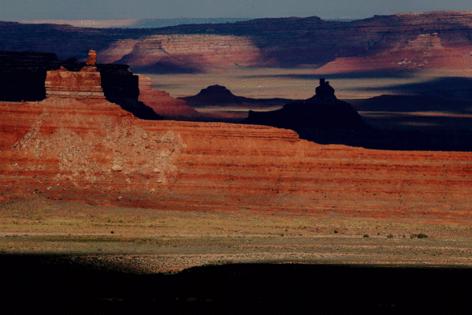


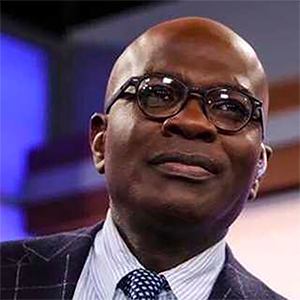



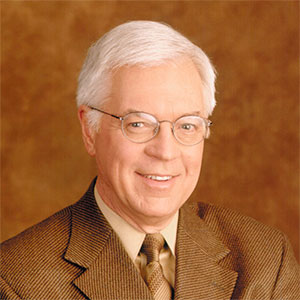



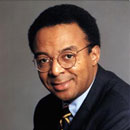













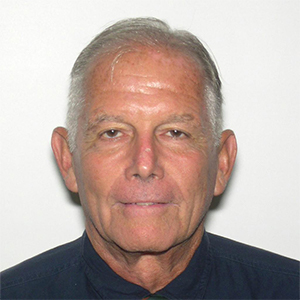
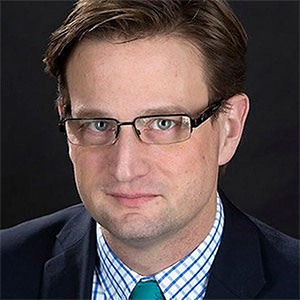
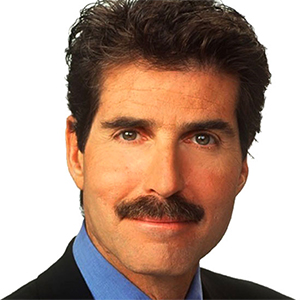

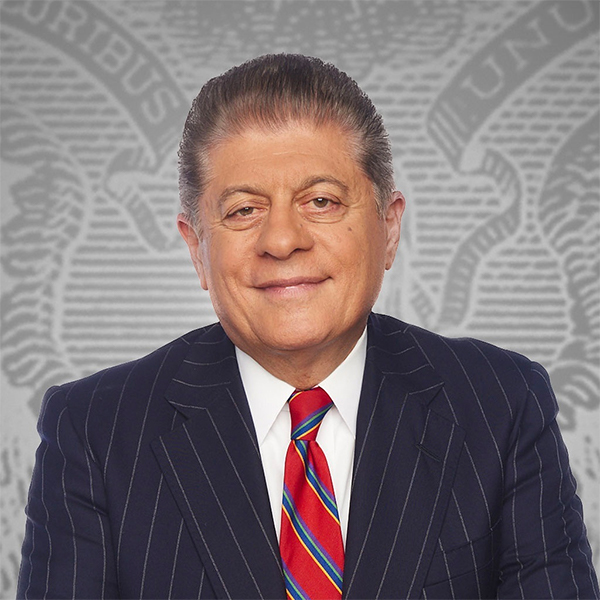


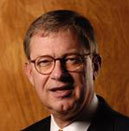



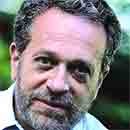








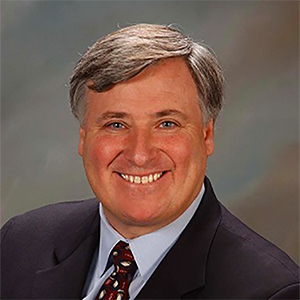




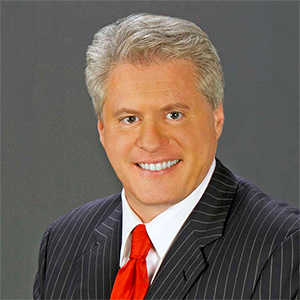
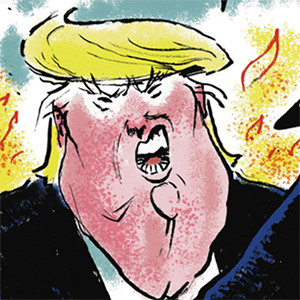

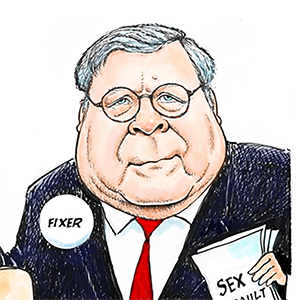

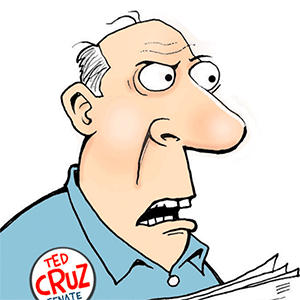

Comments